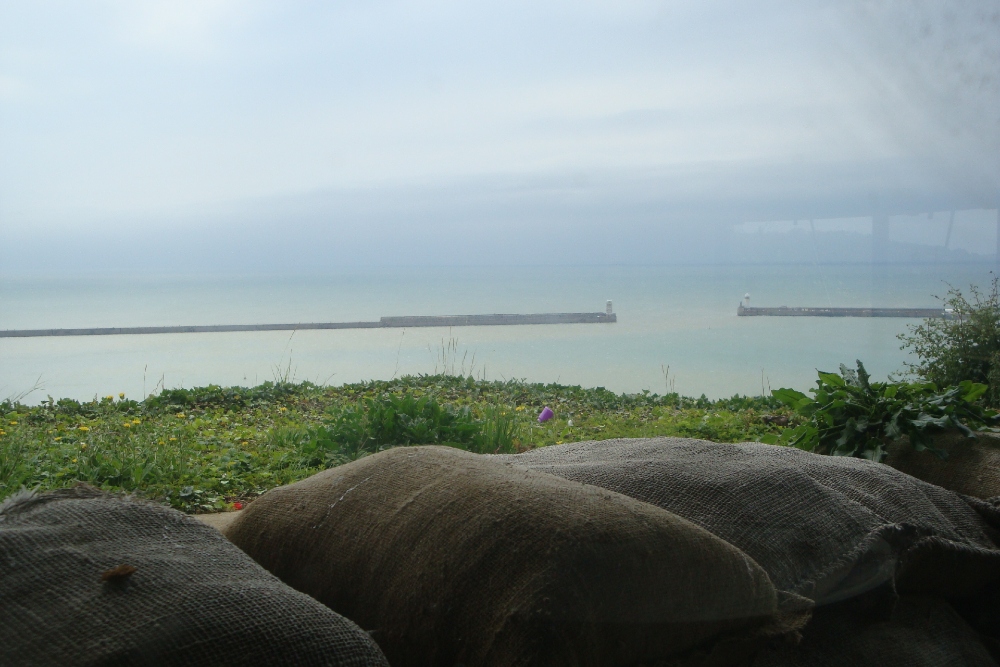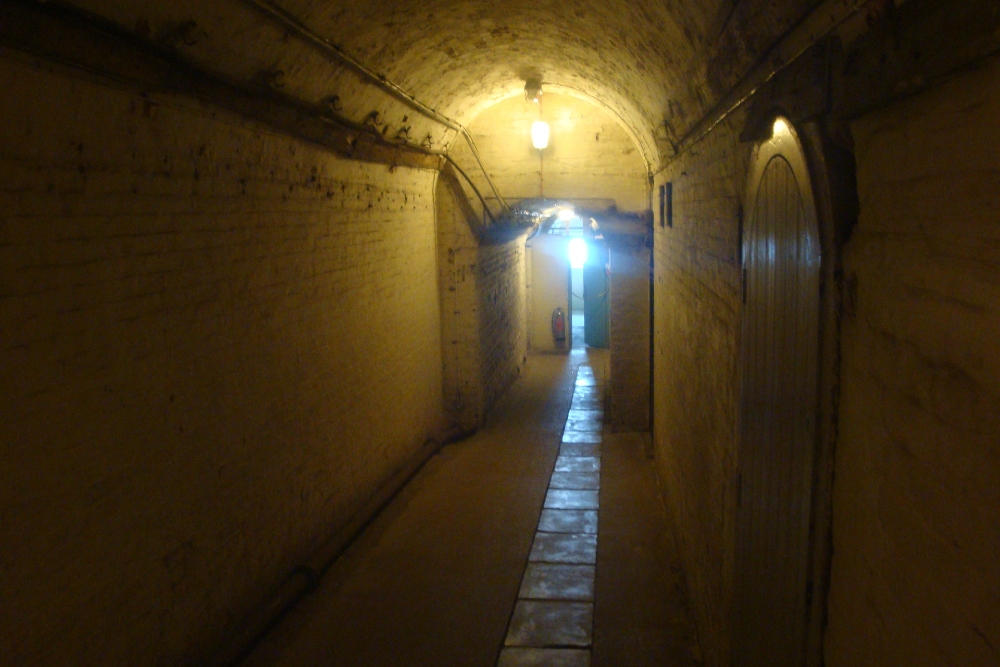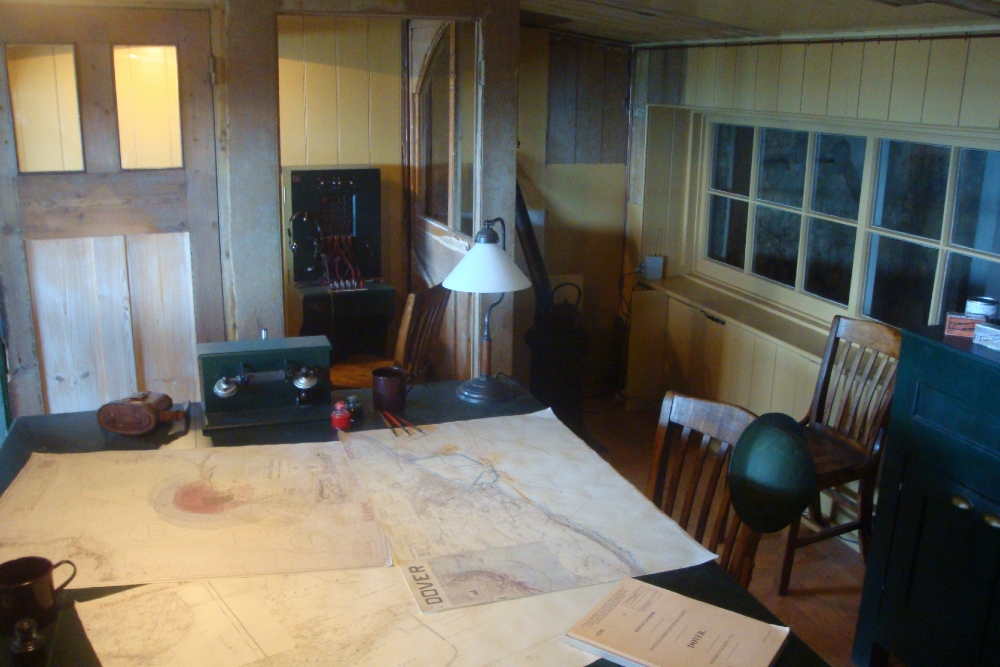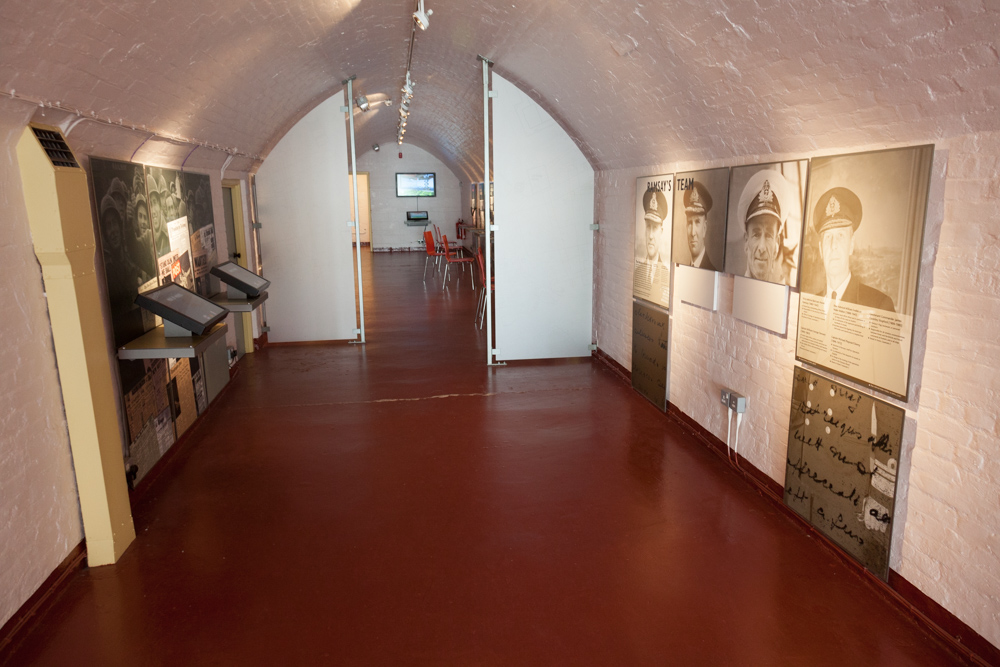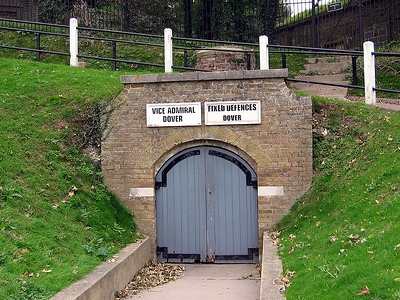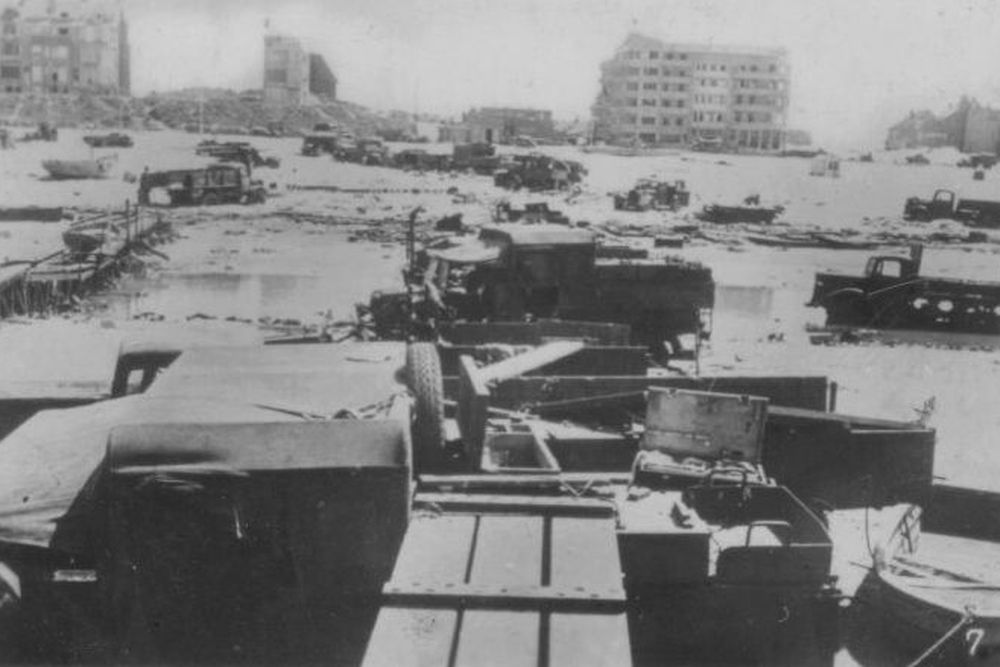Dover Castle
b]History:
The town of Dover is very strategically located in the county of Kent at the very tip of south-west England. It is not surprising that there has been a fortification here since ancient times given that the city is only 34 kilometres from the French coast. The narrow strip of water, part of the Channel is not called the straits of Calais for nothing.
In the Middle Ages, a castle was built on the old fortifications, which was to become the largest in the country. In the time of Napoleon, the castle was modernised. Tunnels were also dug out of the white chalk cliffs to house soldiers. During World War II, these tunnels were turned into shelters and later used as a military command centre and underground hospital.
World War II:
During World War I, the British again used the bunkers and tunnels under the castle in Dover to keep an eye on German submarines.
From the outbreak of World War II, the castle and the rocks in which the tunnels were located were heavily bombed in vain by the Germans. At 6.57pm on 26 May 1940, the English admiral Ramsay ordered the evacuation of French and English soldiers from Dunkirk, Calais and Boulogne from his headquarters in the tunnels. Operation Dynamo would allow over 300,000 Allied soldiers to flee across the Channel in numerous different ships and boats, away from the beaches on the northern French coast and German bombs.
In 1941, a telephone link was built in the now largest underground barracks and tunnel complex in the world. The navy used it to communicate with ships and to help pick up shot-down pilots from the Straits of Dover.
Finally, in 1944, the castle still played a supporting role in Operation Fortitude South, an elaborate deception operation that hid the true location of the D-Day landings from the Germans.
The museum:
Only since 1990, you can visit the 6-kilometre-long tunnels located under the castle. And only with a guide.
You walk through hospital and dormitories, dining areas and kitchen, the telephone and communications operations centre and control rooms for the guns and other weapons. You also enter the command centre where Admiral Ramsey pulled off the miracle of Dunkirk in 1940. The original maps are still there. On top of the roof is still an air defence.
For current visiting hours, please visit the website of the museum.
Do you have more information about this location? Inform us!
Source
- Text: Cheapskatetravel.nl
- Photos: Arjan Vrieze (1, 2, 3, 4, 5), Cheapskatetravel.nl (6, 7, 8)
- http://www.english-heritage.org.uk/server/show/ConProperty.182/
Related books
Nearby
Museum
- Secret Wartime Tunnels - Dover
- The Underground Hospital Dover Castle - Dover
- Princess of Wales's Royal Regiment & Queen's Regiment Museum Dover Castle - Dover
Point of interest
- Command Center Dover - Dover
- Underground Air Raid Shelter Dover - Dover
- Chain Home Radar Station - Swingate
Monument
- Statue Ramsay Dover Castle - Dover
- Boer War Memorial No. 6 Company Eastern Division R.C.A. - Dover
- Boer War Memorial Dover Borough - Dover
Cemetery
- Dutch War Graves St. James Cemetery Dover - Dover
- Commonwealth War Graves Saint James’s Cemetery - Dover
- Commonwealth War Graves St Mary New Cemetery - Dover

